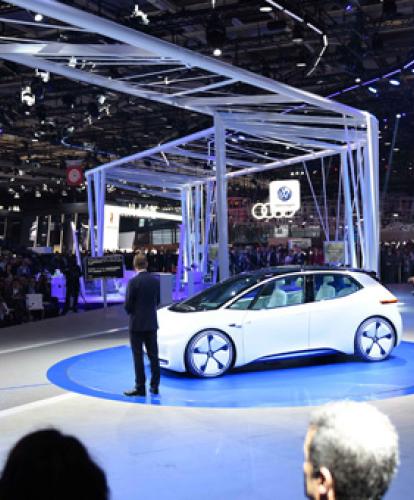The overriding theme of the Paris Motor Show is electrification. Both Volkswagen and Mercedes have laid out their commitments to an EV future in the shape of the I.D. Concept and Generation EQ.
Renault’s new Zoe 40 could be argued to be a more significant announcement though, since the French EV is not available in a few years down the line, but within a few months.
Add to that Smart’s entirely electrified model line-up, and some concepts that give us ideas of where electrified powertrains and models are heading, and the Paris Motor Show is truly electric.
Volkswagen I.D.
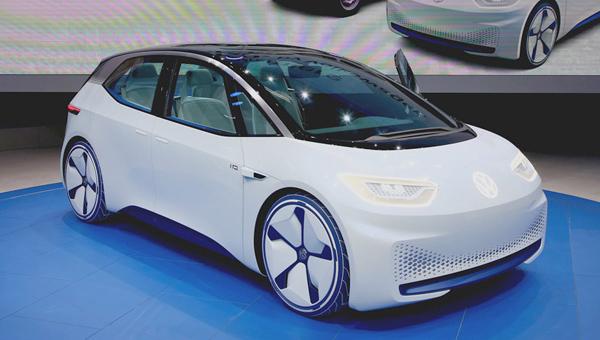
The Volkswagen I.D. could be not only one of the most important cars at the Paris Motor Show, but also one of the most significant models for Volkswagen ever. That’s certainly how the German giant sees the I.D. concept, which is due to go into production in 2020.
A 125kW electric motor and range of 400-600km (249-373 miles) promise an EV that will match anything currently planned for release in the next few years. What’s more, the I.D. is set to join the Golf as the practical and attainable family car in the range. This means there’s the potential that in 40 or so years, we will be looking back at this I.D. concept as the start of a landmark vehicle – think Fiat 500, Mini, VW Beetle, Land Rover et al.
Autonomous driving technology and an innovative use of interior space complete the concept, which is based on VW’s new MEB platform, an architecture designed specifically for electric drivetrains.
Mercedes Generation EQ
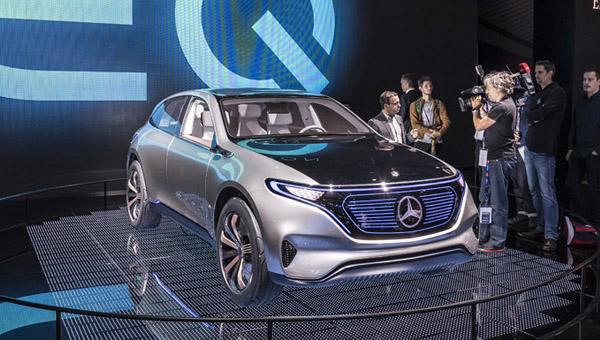
Less of a concept car and more of a concept as a whole, Generation EQ is embodied by the model on display in Paris. With the launch of an electric sub-brand in the same vein as BMW’s i Division, Mercedes will be producing a lot more EVs than just the SUV shown here.
However, the Generation EQ previews the design direction the EV brand will take, including illuminated Mercedes badge, driver focused cabin, touch screen controls, and connected car technologies.
Home energy storage, public charging infrastructure, and home wallbox and wireless systems complete the holistic approach to Mercedes’ EVs, taking a cue from Tesla’s package of support for their customers.
Renault Trezor
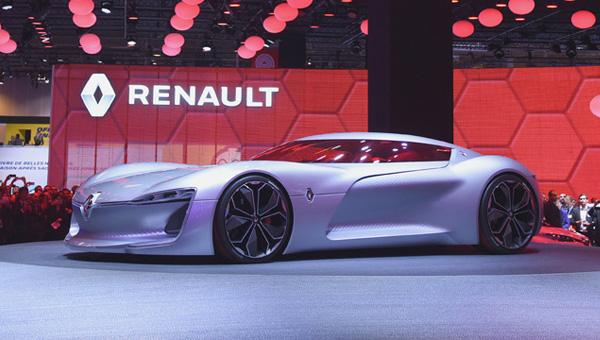
Yes it’s a glitzy concept car, but the Trezor signposts the design direction Renault is taking with its next generation of models. It also has an electric powertrain transplanted from the company’s factory-backed Renault e.dams Formula E machine.
This means a 0-62mph time of four seconds, with excellent handling promised by a low-slung body and excellent weight distribution because the battery pack is split in two and placed front and rear.
The interior trim has been made with high levels of craftsmanship, and the car previews autonomous driving systems that aim to give the driver either a relaxing time being driven, or a sportscar experience when they are in control.
Mitsubishi GT-PHEV Concept
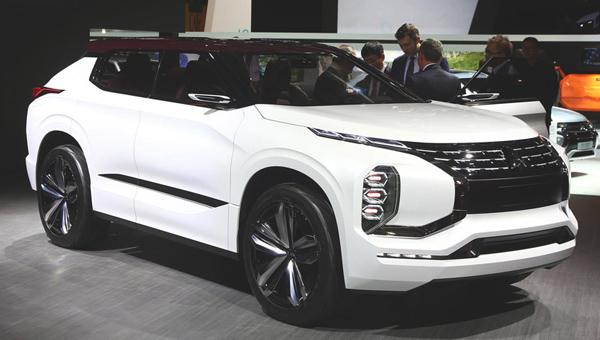
The next Mitsubishi Shogun? It’s quite possible that the Japanese firm’s almost forgotten about and aged flagship will be replaced by a model that bears a strong relationship to the GT-PHEV.
The company is focusing on both SUV/crossover’s and plug-in drivetrains after the runaway success of the Outlander PHEV, and the GT-PHEV would come in above that model in the range. Featuring an improved PHEV drivetrain, the concept uses three electric motors to take greater load off the petrol engine.
Two 45kW motors on the rear axle complement the 90kW motor on the front, with a 25kWh battery powering the GT-PHEV to an electric-only range of 75 miles on a single charge. The developments being made by Mitsubishi are closing the gap on the existing, oldest set of pure-electric vehicles and, combined with bold styling and a high quality interior, could see the top-of-the-range Mitsubishi re-enter the public’s consciousness in a big way.
Renault Zoe 40
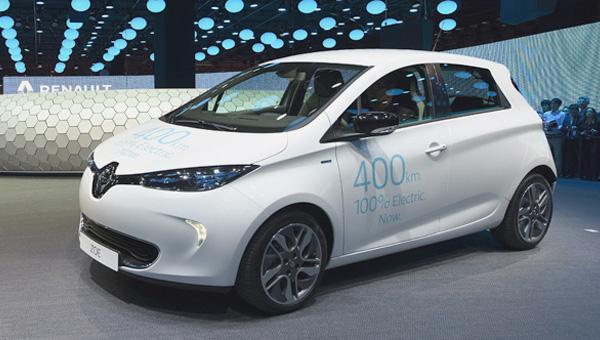
Renault has managed to steal a march on many of its rivals with this new Zoe. Yes it looks almost exactly the same as the current model, but it is the battery which is the most significant piece of kit on an EV – and this one has been doubled in capacity.
The headline range figure is a range of 250 miles (400km) once the new 41kWh battery has been fully charged, and Renault expects a real-world range of 186 miles with normal use. This puts the Zoe 40 ahead of the likes of the new BMW i3 94Ah, and significantly further down the road than the Nissan Leaf 30kWh.
A new battery make-up has almost doubled the existing 22kWh pack – which will still be available as the older model is rapid charge capable, and the new Zoe 40 isn’t. Available to order in the UK from November, it’s safe to say the new Zoe is going to make more potential buyers consider the excellent little French supermini as a viable purchase thanks to its significant range.
Toyota Prius Plug-In Hybrid
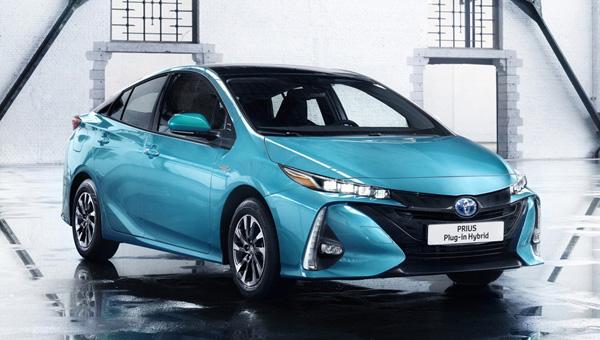
Making its debut in Paris was the European-spec plug-in hybrid version of the popular Toyota Prius. The new Prius Plug-In Hybrid has taken the latest generation Toyota hybrid powertrain and made it even more efficient with the ability to charge the car not solely by being driven.
An 8.8kWh lithium-ion battery is double the capacity of the previous model’s, and helps return official economy figures of 282.5 MPG, CO2 emissions rated at 22 g/km, and an electric-only range of 30 miles.
A solar panel has been developed for the roof to help offer even more efficiency, and the interior is far more practical than the outgoing model. Striking styling will not appeal to everyone, but it is hard to ignore the efficiency statistics being quoted and is likely to sell in far greater numbers than the previous model.
Smart ED range
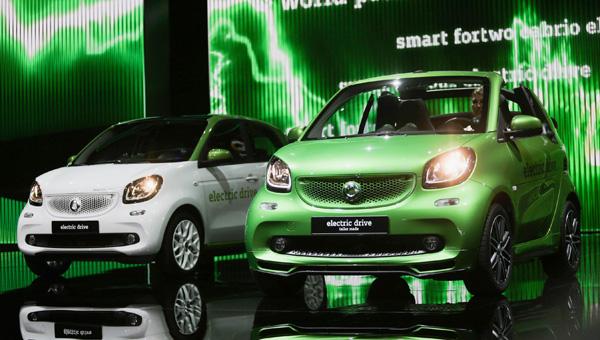
Officially unveiled at Paris was the Smart Electric Drive range, made up of fortwo ED, fortwo cabrio ED, and forfour ED. The new latter model means that the entire Smart range is available as an EV for the first time.
Ranges quoted by Smart are far from reaching those headline figures from the likes of Renault at the Paris Motor Show, with distances between 96 and 99 miles on offer. However, with the two-seat fortwo in particular very much a citycar in the truest sense and rarely venturing outside the urban environment, the relatively short range won’t put many customers off.
Not due in the UK until September next year, the Smart ED range’s extensive personalisation options and excellent town manners will likely prove more popular than the previous electric Smart – especially as the EV revolution has kicked off in earnest since it was last on the forecourts.
Vision Mercedes-Maybach 6
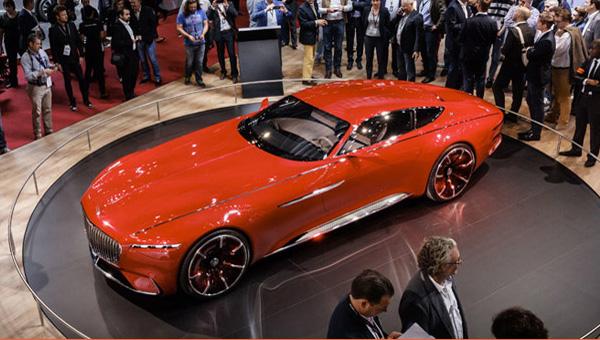
The huge concept from Mercedes was unveiled at the Pebble Beach Concours event recently, but makes its European debut at Paris with further details available.
A range of 300+ miles is theoretically achievable from the luxurious 2+2 coupe’s all-electric powertrain, which uses four in-wheel motors to offer a combined 550kW. Innovative use of interior and load space packaging allows for a picnic table and chairs to be stowed beneath the enormous bonnet, and Mercedes reckons the concept is as aerodynamic as last year’s IAA concept which had active aero.
The complete opposite end of the spectrum from Mercedes’ Generation EQ, the Vision Mercedes Maybach 6 provides an intriguing look at what the company is thinking of long term. Expect elements to make their way into a new model – or possibly the next S-Class – as the company focuses on electric cars to compete against the Porsche Mission E and Audi e-tron quattro
Citroen CXPERIENCE
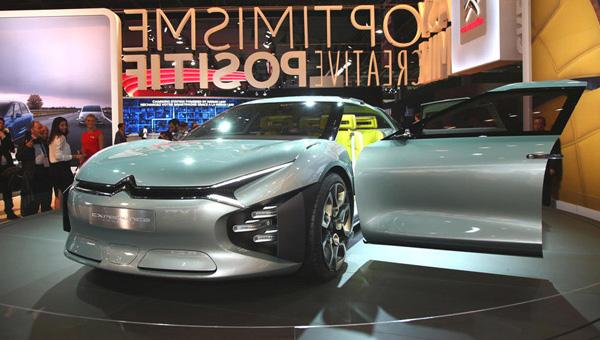
The concept’s CXPERIENCE name is one of the only questionable decisions from a company that can almost do no wrong at the moment. The product range is young, individual, comfortable, and desirable – all the things Citroen’s should be – and the good news is that plug-in powertrains are in the management team’s thoughts.
The CXPERIENCE concept features a plug-in hybrid system which uses the PSA Group’s frugal petrol engines, coupled to an 80kW electric motor that is able to cover 37 miles with zero-tailpipe emissions.
The use of technology inside, and the fact the CXPERIENCE is a four-seat coupe, are surprisingly the features least likely to make it to production any time soon. It is unlikely that passengers will be able to control systems with a tablet any time soon for example, and Citroen is currently focusing on practical and attainable cars, leaving sister brand DS Automobiles to the higher-end stuff. Look at that conceptual design though, and there are elements that are very similar to those seen in the C4 Cactus and new C3.
